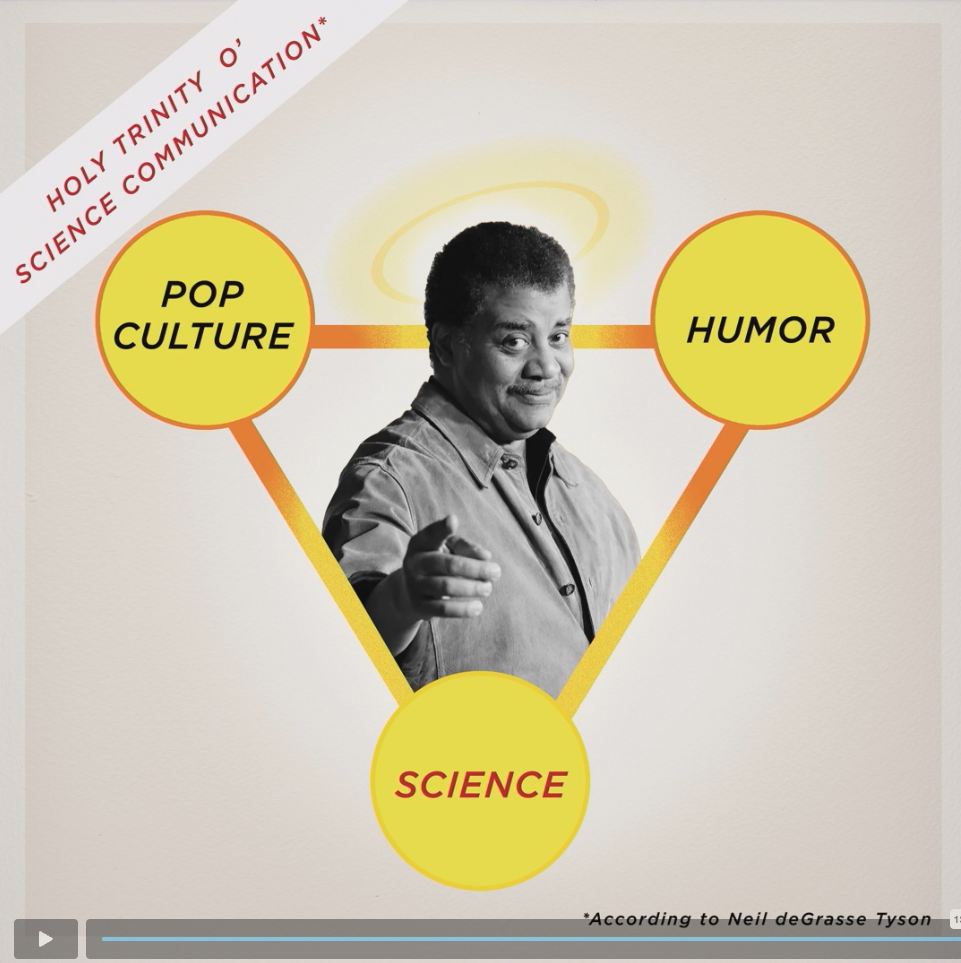Making Science Accessible
July 25, 2025
Emily Wathen

Recently, we livestreamed Landscape Architecture Foundation’s annual Innovation + Leadership Symposium. Each year, LAF selects a six-member cohort of Fellows for the LAF Fellowship for Innovation and Leadership, a year-long program to develop ideas that have the potential to create positive and profound change in the landscape architecture profession, the environment, and humanity.
We love capturing this event because the projects are always really creative and inspiring, and we especially appreciate the thoughtful design that goes into the fellows’ presentations. This year, one of the talks really stood out to us since it focused on a topic close to our hearts at 4Science: closing the science-communication gap.
The presenter, David Buckley Borden, is an interdisciplinary designer and artist working at the intersection of art, design, and ecology. He’s also the Senior Advisor of Creative Practice and Innovation for the Center for the Future of Forests and Society at Oregon State University and an Associate Research Professor at the University of Oregon College of Design.
Check out Borden’s presentation.
Using recent collaborations as case studies, David’s fellowship project sought to identify, develop, and articulate creative environmental-communication methods, models, and frameworks to answer the question: How can interdisciplinary science-communication be re-imagined as a collaborative design process between landscape architects and ecologists?
The case studies served as a prompt for the development of a series of accessible project-specific, how-to booklets that combine design thinking, communication theory, experiential design, and public-engagement practice into a free publication.
We were struck by Borden’s talk, which wove together themes of art, ecology, and public engagement, and even humor. He used the image of a dead tree—not as a symbol of loss, but as a prompt for conversation. For some, it represented decay or waste; for others, it was a crucial part of a thriving ecosystem. That spectrum of interpretation was exactly the point. Borden’s work is all about using creative tools—humor, design, and storytelling—to open up conversations around environmental issues. He reminded us that engaging people across disciplines and backgrounds is essential to building a more ecologically literate and responsive society.
I also appreciated Borden’s ability to bridge worlds—science, design, and everyday experience—without watering down any of them. In a time when climate communication can often feel dry or overwhelming, his playful yet grounded approach felt refreshingly human. It made me think about how we frame the natural world in our own lives and how much potential there is in simply starting conversations. What if we saw more public art as an entry point into ecological thinking? Borden’s talk was a welcome reminder that engagement doesn’t always start with data—it often starts with a question, an image, or a story.

%20(1).png)
.png)